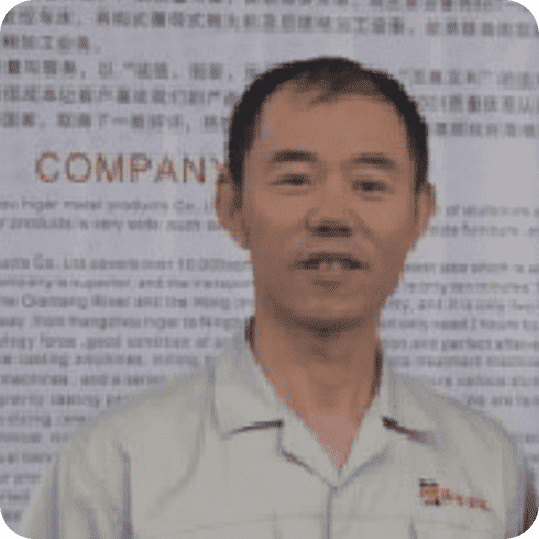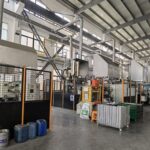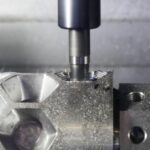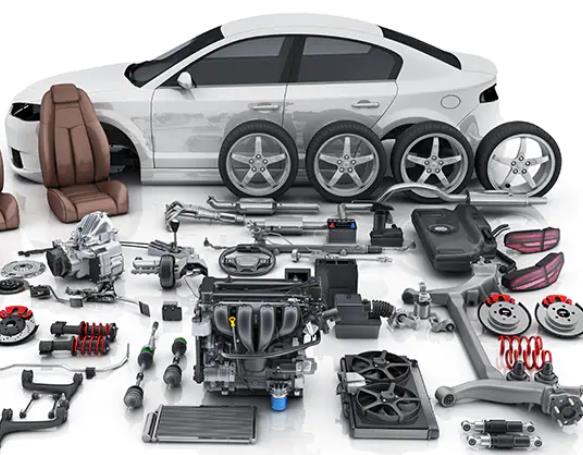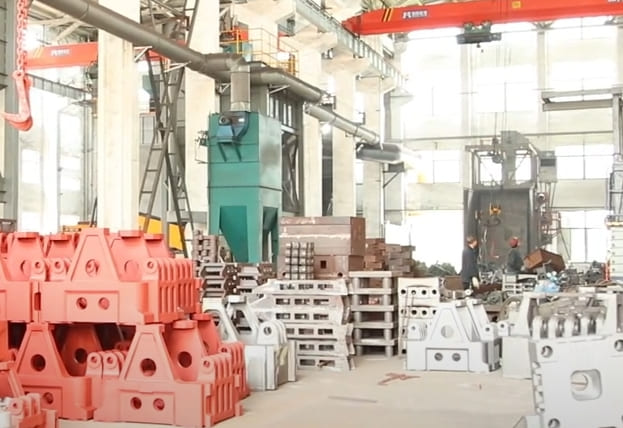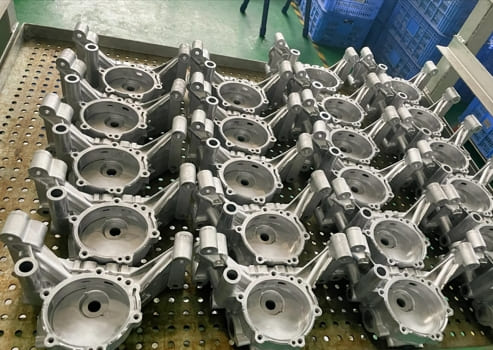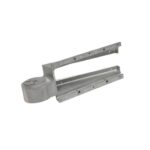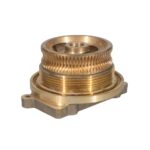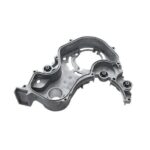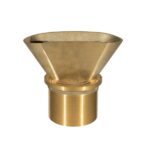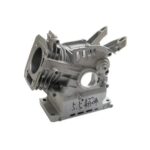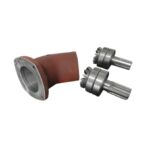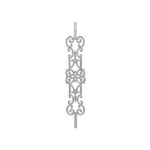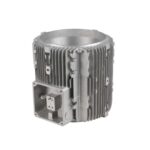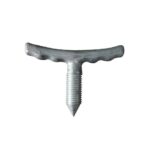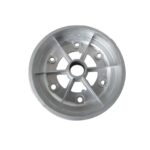In the casting industry, one common defect that can significantly affect product quality is the cold shut.
This defect occurs when two separate streams of molten metal flow together but fail to fully fuse, leaving a visible seam or weak point in the final casting.
Cold shuts can compromise both the appearance and structural integrity of cast products, making it crucial to understand their causes and how to prevent them.
This comprehensive guide will explore the causes of cold shut defects, how to prevent them, and the solutions manufacturers can implement to ensure high-quality aluminum castings.
What is a Cold Shut Defect?
A cold shut occurs when two or more streams of molten metal meet in a mold but fail to fuse completely.
This happens because the metal has cooled too much to bond effectively, resulting in a visible line or seam on the surface of the casting.
Cold shuts can also weaken the material, making the casting more prone to failure under mechanical stress.

Common Causes of Cold Shut Defects
- Low Pouring Temperature: If the molten metal is too cool when it is poured into the mold, it may solidify too quickly before proper fusion can occur.
- Slow Pouring Speed: Pouring the metal too slowly can cause it to cool prematurely, increasing the risk of cold shuts.
- Inadequate Mold Design: Poorly designed molds with complex pathways can disrupt the flow of molten metal, leading to incomplete fusion.
| Cause | Description | Effect |
|---|---|---|
| Low Pouring Temperature | Metal cools too quickly before fusion. | Increased likelihood of cold shut formation. |
| Slow Pouring Speed | Metal cools in the mold before filling is complete. | Creates visible seams where the metal fails to fuse. |
| Poor Mold Design | Complex pathways lead to uneven metal flow and cooling. | Results in interrupted flow, leading to cold shuts. |
How to Prevent Cold Shut Defects
Preventing cold shuts in aluminum casting involves controlling several key factors during the casting process.
These include proper temperature management, optimized mold design, and ensuring an even, uninterrupted flow of molten metal.
1. Maintain Proper Pouring Temperature
Keeping the molten aluminum at the correct temperature is crucial for avoiding cold shuts. For most aluminum alloys, a pouring temperature between 700°C and 750°C ensures good fluidity and prevents premature solidification.
2. Increase Pouring Speed
To prevent the metal from cooling too quickly, increase the pouring speed to ensure that all sections of the mold are filled before the metal starts to solidify.
3. Improve Mold Design
Optimizing the mold design to ensure smooth, uniform pathways for molten metal flow can reduce the risk of cold shuts. Avoiding sharp corners or complex pathways that could disrupt the metal flow is essential.
| Prevention Method | How It Works | Benefits |
|---|---|---|
| Maintain Pouring Temperature | Ensures the metal remains fluid long enough for proper fusion. | Reduces the chances of premature cooling and cold shuts. |
| Increase Pouring Speed | Prevents premature solidification during mold filling. | Improves metal flow, reducing seam formation. |
| Optimize Mold Design | Promotes even, uninterrupted flow of molten metal. | Reduces disruptions that can lead to cold shuts. |
Searching for High-Quality for Cast Aluminum Parts?
You’ve come to the right place! Yongzhu Casting is a certified die casting manufacturer with over 20 years of expertise in the industry.
We have successfully completed numerous die casting projects for Aluminum casting parts, particularly in your industry.
Design Review & DFM Support
Our professionals will evaluate your designs and provide suggestions for cost savings. Additionally, we offer Design for Manufacturing (DFM) assistance and conduct mold flow analyses to facilitate efficient production.
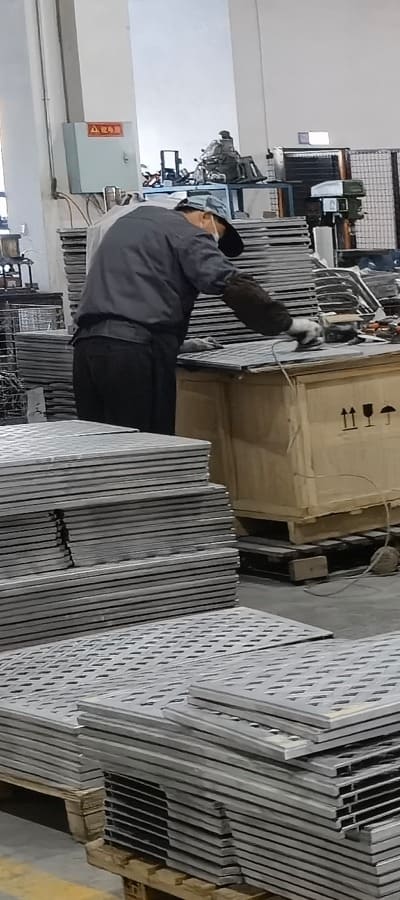
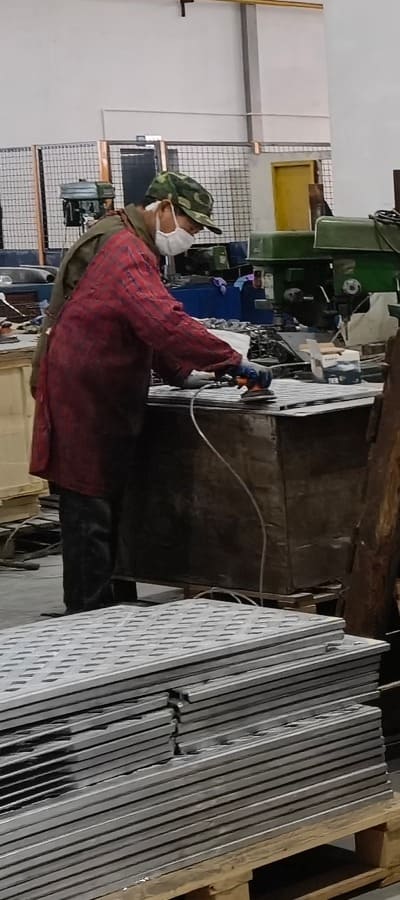
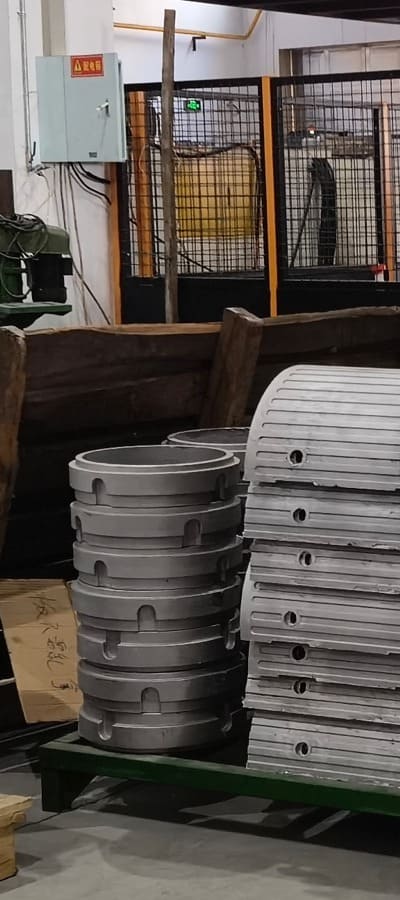
State-of-the-Art Manufacturing Equipment
Our facility is equipped with advanced hot-chamber and cold-chamber die casting machinery for aluminum and zinc production.
We also utilize high-precision CNC machines in a temperature-controlled workshop, featuring 3-Axis, 4-Axis, 5-Axis, and 7-Axis setups to manage any project you have.
Rigorous Quality Control Measures
Our dedicated quality control team ensures that all parts meet the highest standards of quality and consistency.
We employ high-accuracy measurement instruments, including CMM, spectrometers, and X-ray detectors.
Comprehensive Surface Treatment Options
We provide a variety of surface finishing techniques for your precision die casting components. Our in-house services include cleaning, polishing, anodizing, shot blasting, and painting.
Flexible Project Acceptance
While larger manufacturers often shy away from low-volume projects, and smaller ones may struggle with quality, Yongzhu Casting stands apart.
We prioritize customer satisfaction and willingly accept high-mix, low-volume projects like yours.

Solutions for Cold Shut Defects
If cold shuts occur during the casting process, there are several methods to address and repair the defect, though the effectiveness of these repairs depends on the severity of the defect and the intended use of the casting.
1. Welding Repair
For minor cold shut defects, welding can be used to repair the seams by re-melting the affected areas. However, this is not always a recommended solution, as it can introduce other weaknesses in the casting.
2. Casting Redesign
In cases where cold shuts are persistent, redesigning the mold or altering the gating system can help eliminate the root causes of the defect.
Simulation tools can be used to model the molten metal’s flow and identify areas prone to cold shuts.
3. Increase Pouring Temperature
If cold shuts are a recurring problem, increasing the pouring temperature slightly can help improve the fluidity of the molten metal and reduce the chance of premature cooling.
| Solution | Description | When to Use |
|---|---|---|
| Welding Repair | Re-melting the seams to repair minor cold shut defects. | For minor defects that don’t compromise structural integrity. |
| Casting Redesign | Adjusting mold design or gating systems to promote better flow. | For recurring cold shuts in complex mold designs. |
| Increase Pouring Temperature | Raising the temperature to ensure better metal fusion. | When cold shuts occur due to premature cooling. |
Conclusion
Cold shut defects in aluminum casting can negatively impact both the strength and appearance of the final product.
By understanding their causes and implementing strategies like proper temperature control, improved pouring speeds, and better mold design, manufacturers can effectively prevent these defects.
For those facing ongoing issues, redesigning the casting process and using advanced simulation tools can help ensure better product quality and reduce costly production delays.


